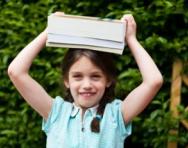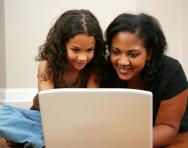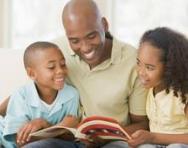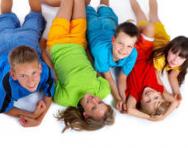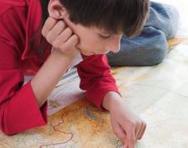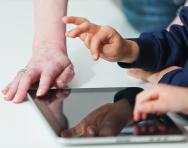What is a learning style?
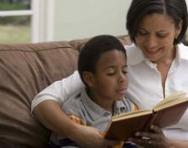
Please note that the learning styles theory has been questioned by neuroscientists and educational experts and many teachers have moved towards the use of other, more evidence-based, methods in the classroom. This article is intended to give an overview of the theory as it may still be mentioned during your child's time at primary school.
We learn when the brain receives new information, makes sense of it and logs it in our memory. Our brain does this through three primary channels – sight, touch and sound.
There are two other channels that we learn through – taste and smell – and these senses can also help to 'anchor' ideas and concepts in the brain.
Although we will most likely make use of a combination of all three of the main channels, often one channel will be dominant. The dominant channel is known as our preferred learning style. Working out which is your child's can help to make learning a richer, more personal experience.
The auditory learner
People with an auditory learning style tend to have an ear for sounds. They may say, “That sounds right” or “I hear what you're saying” when analysing information or listening to others. They are people who prefer to relax to music, enjoy talking and sometimes may even talk to themselves! They may forget faces, but always remember a name. They are usually not too fond of reading books.
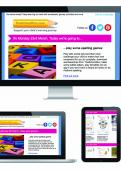
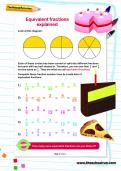
Start a unique learning programme!
- Weekly programme for each school year
- Worksheets sent direct to your inbox
- Keeps your child's learning on track
To make the most of learning, the auditory learner should use sound as much as possible. This may mean listening to CDs to get information, rather than only reading books, or making their own recording of key points they need to recall. After reading information they should try summarising it in their own words aloud or explaining it to someone else. If they have to do a spelling test, they should say the word out aloud before attempting to spell it.
The kinaesthetic learner
Kinaesthetic learners learn best when there’s touch or movement involved. They may be fond of phrases such as “That feels right” or “That's easier to handle”. They will prefer games and sports as a method of relaxation and be pretty good at multi-tasking. They will use gestures and expressions quite a bit and when angry, e.g. clenching their fists and gritting their teeth when angry.
Kinaesthetic learners can benefit from learning by copying a demonstration, walking around while reading, putting key points on index cards and ordering them, and generally getting physically active during learning.
The visual learner
The visual learner tends to ‘see' what people mean and to ‘get the picture'. They are more into watching films or going to the cinema or theatre as a method of relaxation. They like to speak to people face-to-face and are often fast talkers. They forget names but remember faces and when angry, tend to seethe silently. They are usually quite fussy about what they wear, too.
If your child is a visual learner they should incorporate visual objects into learning, such as drawing or mind-mapping information or creating diagrams. Timelines as a method for remembering dates or sequences of events are useful, and they should try to visualise information, e.g. going to see a re-enactment to learn about history. When spelling, they should try to see the word before writing it down.

Give your child a headstart
- FREE articles & expert information
- FREE resources & activities
- FREE homework help
